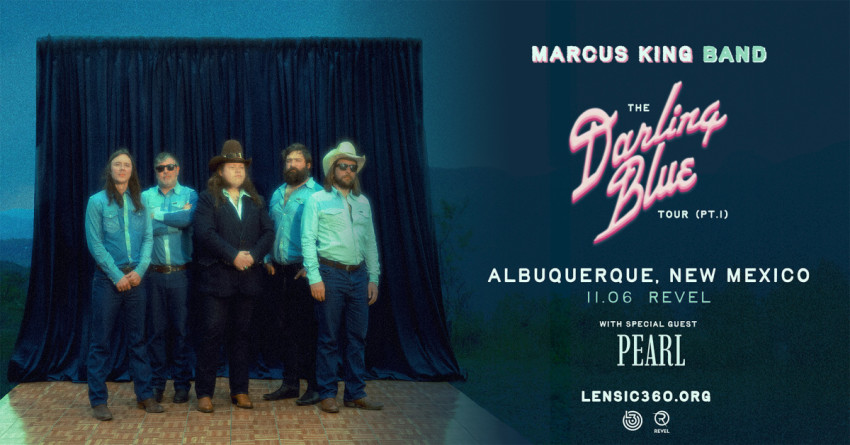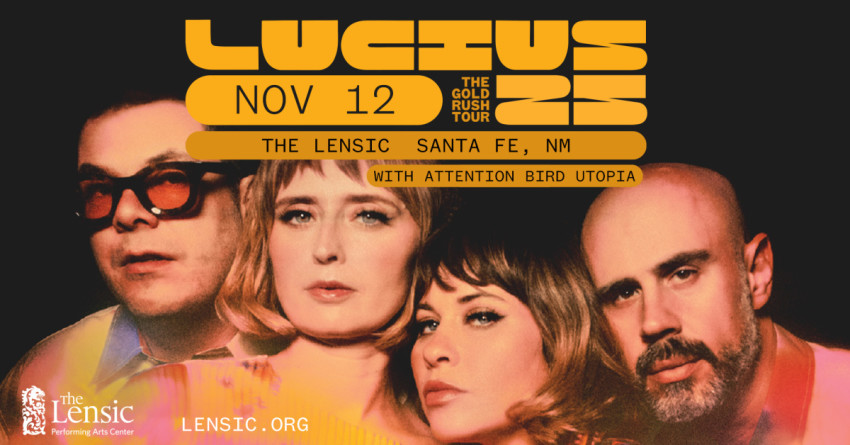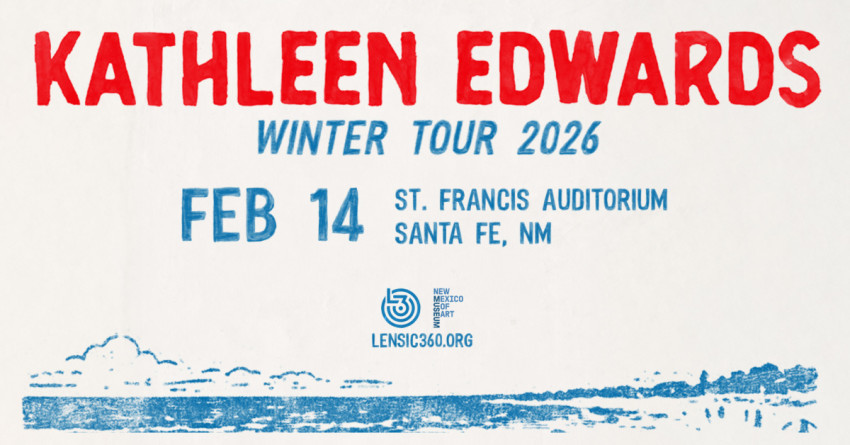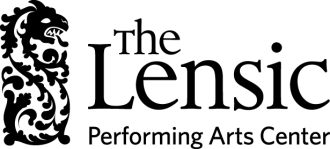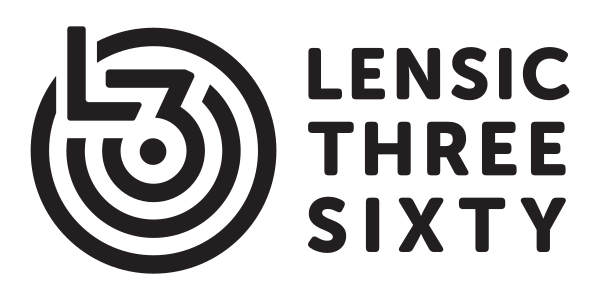

Search
Ghost Light Groove - SOLD OUT
October 31stJosh Johnson: The Flowers Tour - SOLD OUT
November 1stJosh Johnson: The Flowers Tour - SOLD OUT
November 1stJosh Johnson: The Flowers Tour - Second Showing
November 2ndJosh Johnson: The Flowers Tour - SOLD OUT
November 2ndMurder By Death - SOLD OUT
November 2ndThe Altons & Thee Sinseers
November 4thOsees - SOLD OUT
November 4thJohn Craigie
November 5thRichy Mitch & The Coal Miners
November 5thMarcus King Band
November 6thWilli Carlisle
November 6thThe Brian Jonestown Massacre - SOLD OUT
November 8thThunderpussy
November 8thJoshua Radin
November 10thTodd Rundgren
November 11thDaniel Donato's Cosmic Country
November 11thLucius
November 12thDean Johnson
November 12thBreabach - SOLD OUT
November 13thStanley Clarke
November 13thAlgernon Cadwallader
November 15thBreabach
November 15thDesert Dwellers
November 15thJakobs Castle x Strawberry Fuzz
November 16thPeter McPoland
November 17thMarlon Funaki
November 18thInfinity Song
November 19thNew Constellations
November 20thWillie Watson
November 21stNeko Case
November 21stDakhaBrakha
December 1stDakhaBrakha
December 3rdDakhaBrakha
December 4thLAERZ
December 5thMegan Hamilton
December 6thThe Klezmatics: Happy Joyous Hanukkah
December 17thDemetri Martin
December 18thSquirrel Nut Zippers Christmas Caravan
December 19thSunSquabi
December 21stShaun Cassidy
January 6thMadison Cunningham
January 16thJason Leech
January 16thGoldford
January 20thTank and the Bangas
January 23rdJosh Teed
January 23rdAndy Frasco & The U.N.
January 25thWelcome To Night Vale: Murder Night in Blood Forest
January 26thWilliam Elliott Whitmore
January 27thBilly F Gibbons
January 28thDon Broco
January 28thHayes Carll
January 29thVincent Neil Emerson
January 31stJoan Osborne & KT Tunstall
January 31stStorm Large
February 5thSheng Wang
February 7thAJ Lee & Blue Summit
February 14thKathleen Edwards
February 14thAJ Lee & Blue Summit
February 15thLadysmith Black Mambazo
February 17thLadysmith Black Mambazo
February 18thKitchen Dwellers
February 24thbbno$
February 25thTig Notaro
February 27thMagic City Hippies
March 1stThe Strumbellas
March 2ndColony House
March 3rdJonah Kagen
March 4thThe Assad Brothers
March 6thPreservation Hall Jazz Band
March 7thOn A Winter's Night
March 11thThe Bad Plus
March 13thLunasa
March 15thPink Martini
March 23rdPink Martini
March 24th54 ULTRA
April 4thChristian McBride & Edgar Meyer
April 7thKathy Griffin
April 9thTINZO + JOJO
April 10thUkulele Orchestra of Great Britain
April 28thMac DeMarco - SOLD OUT
May 21stKhruangbin w/ Hermanos Gutiérrez - SOLD OUT
at
Revel
Add to Cal
VENUE INFO: Revel
Alcohol: Yes
Seating: Seating in food court, but no seating inside of the concert venue.
Outside Food/Drink: No
Parking: Yes
ADA: Venue is ADA compliant, elevator for mezzanine access and accessible seating for people with disabilities is available.
KHRUANGBIN
“‘A La Sala,’ I used to scream it around my house when I was a little girl, to get everybody in the living room; to get my family together. That’s kind of what recording the new album felt like. Emotionally there was a desire to get back to square-one between the three of us, to where we came from–in sonics and in feeling. Let’s get back there.” - Laura Lee Ochoa
The title makes it clear. A La Sala (“To the Room” in Spanish), the fourth studio album by Khruangbin, is an exercise in returning in order to go further, and do so on your own terms. It extends the air of mystery and sanctity that’s key to how bassist Laura Lee Ochoa, drummer Donald “DJ” Johnson, Jr. and guitarist Mark “Marko” Speer approach music. Yet if 2020’s Mordechai, the last studio album Khruangbin made without collaborators, was a party record whose ensuing post-lockdown tour enhanced the band’s musical reputation far and wide, A La Sala is the measured morning after. It’s a gorgeously airy album made only in the company of the group’s longtime engineer Steve Christensen, with minimal overdubs. It is a porthole onto the bounties powering Khruangbin’s vision, a reimagining and refueling for the long haul ahead. A La Sala scales Khruangbin down to scale up, a creative strategy with the future in mind.
It is also a response to the unique moment Khruangbin finds itself in now: following a decade spent cultivating extraordinary music paths, beginning a year when they'll perform for more people, in more iconic spaces, staging a live show that pushes a creative envelope peculiar to them alone. (Look for the band at major festivals and venues near you.) 2024 feels like both marker and pivot, cementing Khruangbin’s stature as a commercially and critically successful group that continues to be guided by creative possibilities.
Such crossroads are familiar for iconic artists throughout the rock era — your Dylans, Stevies and Bowies, up thru turn-of-the-century Radiohead, all have navigated these straits. On A La Sala, Khruangbin also pulls exploration inward, spurning the din of the crowd’s expectations, mapping a personal direction home. The trio’s collective musical DNA and the years spent constructing it in Houston’s local-meets-global cultural stew ensure the band carries on sounding like no one but itself. A La Sala may in fact be Khruangbin’s purest distillation. A cascade of crisp melodies still emanates from Marko’s reverb-heavy electric, dancing gently around Laura Lee’s minimalist almost-dub bass triangles, while DJ’s drums serve as the tightened-up pocket and unwavering dance-floor on which all this movement takes place.
Where prior album-by-album growth seemed to point the narratives towards music’s polyglot edges, such inquiries now sound like known intimacies. What once seemed like sonic invocations — spaghetti-western film scores, found-sounds, dancing moments more living room than rooftop disco — are ingrained characteristics. This is who they are! And there’s a freshness to the instrumental interactivity on A La Sala that’s less concerned with getting further out than going deeper in. That depth is not about therapeutic self-reflection, but a profound desire to celebrate the world’s external wonders.
A La Sala invites intimate intercontinental partying. The first single is, after all, called “A Love International.” “Pon Pón” holds the band’s table at the West African discotheque; yet the joy now moves to the corner left of the dancefloor, where the back-and-forth between Laura Lee’s bass, DJ’s hi-hat, and Marko’s tuneful rhythm scratches, is a marvel of knowing head-nods. There’s “Hold Me Up (Thank You),” a familial sweetness in its spare lyrics, feeding off the rhythm section’s sturdy funk shuffle, and a chorus on which Marko’s guitar evokes both sides of the Atlantic in confident unshowy rhythms. They’re on “Todavía Viva” too, next to DJ’s noir-soul rim-shots, synth strings and a pregnant pause that is Laura Lee’s favorite moment on the album, the mood kin to the band’s glorious live interpretations of G-funk fantasias. And the rocked-up miniature, “Juegos y Nubes,” demonstrates Khruangbin’s Houston-born superpower to culture-mix, a dancing mood less concerned with worldly glamor than communal grooving.
“I read something long ago, attributed to Miles Davis. He said, ‘When they play fast, you play slow. When they play slow, you play fast.’ And it's definitely how I've approached looking at music: Don't follow the trends. And if the trend is this, then do something else.” - Marko
From the get-go, Khruangbin’s journey has been emphatically its own: a sound and visual representation with few precedents, ignoring pop expectations, relying only on internal inspirations, and a multitude of visions. It’s a mindset of penetrating the self, connecting to the surrounding world, modeling your own life experiences. This ethos is threaded throughout A La Sala, audible in the album’s form and function. (It’s even visible in the vinyl version’s physical package, which will be released as a set of seven distinctive covers and color-sets — more on which in a sec.)
The building blocks for the album’s 12 songs were jigsaw pieces found in Khruangbin’s creative past. Having stockpiled ideas originally set down as off-the-cuff recordings (voice-memos made at sound-checks, on long voyages, as absentminded epiphanies), they began fitting those pieces together in the studio. Which parts were apt? Which could be massaged and stretched out? Which inspired new sections or rhythms or musical interactions? Once more, Khruangbin’s familial DNA kicked in. Layer-by-layer, the intimate work, rework and re-rework bore new fruit. They also brought back a strategy once foundational to their records: seeding an album with field recordings.
Some results fold directly into A La Sala’s down-home feel. “Three From Two” and “May Ninth” are wistful mid-tempo numbers, with guitar melodies that reside somewhere between Bakersfield and by-the-riverside, cues that, for all its borderless inclusivity, another core Khruangbin value is being steeped in American roots. And in the landscape that music comes from. Like all albums prior to Mordechai, Marko made sure environmental sounds — natural and man-made — appeared as textures. (At times philosophically: the group recorded while cricket chirps played in their headphones, presumably for terroir.) It’s how A La Sala achieves such interconnected set-and-setting-ness.
Other results are more metaphorical, especially in Khruangbin’s flirtation with ambient spaces. The dramatically beatless “Farolim de Felgueiras” and “Caja de la Sala” both feature only Marko’s unmistakable guitar dueting with Laura Lee’s Moog, lightly layered with sounds of shoes on stone steps, and cicadas in an open field. The closing “Les Petits Gris” more fully reduces and fleshes out the ambiance, with a piano and a simple single-note bass pattern, Marko’s plaintive spare guitar echoing the melody of a ballerina-turning music box. It feels an apt way of ending — as a passing of this particular moment, preparation for the next one, soon-come.
Even the seven different covers that adorn A La Sala’s various vinyl editions offer a throughline from the music into Khruangbin’s current frame. Designed by the band using Marko’s multitude of travelog photos, they are windows from the band’s living room onto a set of daydreams, scenes of impossible skies, external glances illuminating what is going on inside. These are also directly related to David Black’s images of DJ, Laura Lee and Marko which accompany A La Sala, and to Khruangbin’s live staging reinvention. It’s all about looking out and looking back, in order to better look ahead.
“All the little moments you capture. You don't see how impactful they are until you hear what eventually comes of them. A lot of those scraps end up being the thing — and you don't realize it until it's ‘The Thing.’” - DJ
HERMANOS GUTIÉRREZ
“When Alejandro and I play together, it’s like we are driving a car,” says Estevan Gutiérrez, one half of the guitar duo Hermanos Gutiérrez. “It’s like we are taking a road trip. Sometimes we’re driving through a desert. Sometimes we’re traveling up the coast. But always we are in nature, and we see the most beautiful landscapes, sunrises, sunsets.” The music these two brothers make evokes expansive plains and rough wildernesses, saguaros and surfs, spaghetti westerns and Morricone soundtracks, Lynch and Jarmusch. With their guitars they travel through landscapes haunted by vaqueros, cancioneros, wanderers, fugitives, lovers, family—and whatever ghosts their listeners bring to the music. “Each album is a journey on its own,” says Alejandro Gutiérrez. “We just have to go with the music, trust in ourselves, and see where it takes us.”
El Bueno Y El Malo is their most epic journey yet: Working with the Black Keys’ Dan Auerbach at his Easy Eye Sound Studio in Nashville, they’ve crafted ten vivid compositions that highlight their intimate guitar playing, where one brother’s rhythms and the other brother’s melodies twine around each other so that they become inextricable. Together, they generate what Estevan calls a “deeper, darker energy” defined by complex arrangements, sophisticated playing, and most of all their very close relationship. “We have such different personalities and such different approaches,” says Alejandro,” but in the end we have a strong balance. Because we’re brothers and because we love each other, there’s always this connection.”
The sons of a Swiss father and an Ecuadorian mother, Hermanos Gutiérrez have only been playing together for a few years, but music has always been a point of connection for them. “I started playing guitar because of my brother,” Alejandro says. “He was always playing, and I loved the sound of it. Then he went to Ecuador for a year, and as an expression of missing him, I started playing the guitar as well. I learned by trying to imitate other songs, but soon realized that I didn’t like playing covers. I wanted to play my own music.”
In the mid 2010s Alejandro moved to Zurich, not too far from the small village where his brother lived. One night he invited Estevan over and told him to bring his guitar. Together, they worked out a few melodies that quickly turned into fully realized songs. They didn’t intend to start a band together, but soon decided to record an album. They booked time in a studio and soon emerged with their full-length debut, 8 Años, named for the age difference between them. Their only ambition was to make a keepsake for themselves and their families: “We love collecting old vinyl, so we thought we should make our own,” says Alejandro. “But it was also a moment for us to reconnect. Music helped us to be together in the same moment and create something new. So let’s just do a record for us.”
Their success is proof that unique and imaginative music will find its audience. “My brother and I,” says Estevan, “we did everything by ourselves— all the music, even the artwork. But during Covid, our music was streamed all over the world,” especially their 2020 album, Hijos del Sol. Perhaps because people were looking for an escape from their worries or were traveling to new landscapes without leaving their homes, the music of Hermanos Gutiérrez spread by word of mouth, eventually finding its way to Auerbach. After a twenty-minute conversation, they signed with Auerbach’s Easy Eye Sound Records and started writing songs for their forthcoming album.
“We didn’t know what it would be like working with someone else,” says Alejandro. “But sometimes those moments can be crucial. They can bring new energy into a project. That can be very inspiring, but still, how is it going to work?”
Their misgivings were quelled as soon as they arrived at Easy Eye Sound Studio, and within twenty minutes they were already recording—not that they were even aware that the sessions had started. As Estevan recalls, “We just plugged our guitars in and started playing, just to present the music to the whole team. When we stopped, Dan says, Okay, from the top. We didn’t even realize that he was recording. Alejandro and I looked at each other and said, “he really feels the music. He’s not looking for perfection. He’s looking for feelings. He’s looking for a moment. We’re the same.’” That first song was the title track, with Alejandro’s delicate fretwork like a mirage on the horizon and Estevan’s chords rumbling like thunder in the distance. Together, the brothers evoke a landscape that’s all the more beautiful for being slightly forbidding.
That initial take set the tone for the sessions: They worked on the fly, hewing closely to the songs they had brought over from Switzerland while remaining open to any and all new ideas. “We came to Nashville with a clear sense of what we wanted to do,” says Alejandro. “The more structure you have, the more you can improvise. You can feel prepared, but also open to changes. Nobody tried to impose an idea or change our essence. It was all about adding subtle things and enriching the whole—expanding this universe we had created.” El Bueno Y El Malo gently expands their sound, retaining the foundation while adding drums, castanets, strings, and congas. The additions are more than subtle; they’re subliminal. They focus the attention on the two main figures and the intricate, almost telepathic interplay of their instruments.
“They move so quickly when they’re working in the studio,” says Auerbach. “They have such a vision for what they’re doing and a good sense of what belongs and what doesn’t.” In perhaps the most significant addition to their two-guitar sound, their producer even played on one song. As the brothers struggled with an arrangement, Auerbach suggested an idea for a melody, even plugging in and playing it for them. They loved it so much they invited him to record it for them, even retitling that song “Tres Hermanos.” He settles into the band easily, as they all trade lead back and forth among each other, each guitar with its own tone, its own personality, its own motivation and mission. “I was just hearing something in the song and was flattered that they invited me to play and even renamed it,” he says. “It was definitely an honor to be brought into that very tight circle.”
The title of the album is, of course, a reference to Sergio Leone’s legendary 1966 spaghetti western The Good, the Bad, and the Ugly and especially its score by Ennio Morricone. But the phrase has a deeper meaning: “We think that everybody has a good side and a bad side,” says Estevan. “It’s every person, every moment, every situation. Everybody has these two faces.” It’s not a cynical idea, but one that celebrates the depths and dualities of humanity, and music—even music that does not include vocals or lyrics—is the perfect vehicle to explore such big ideas. “Instrumental music is so powerful,” says Alejandro. “It’s there, but it’s not there. You can immerse yourself in it, or it can just be in the background. We love the idea of taking up however much space the listener wants. There’s potential for everyone putting a little of themselves into the music.”




